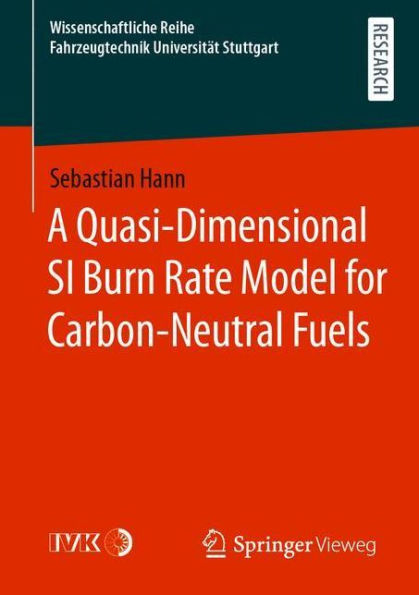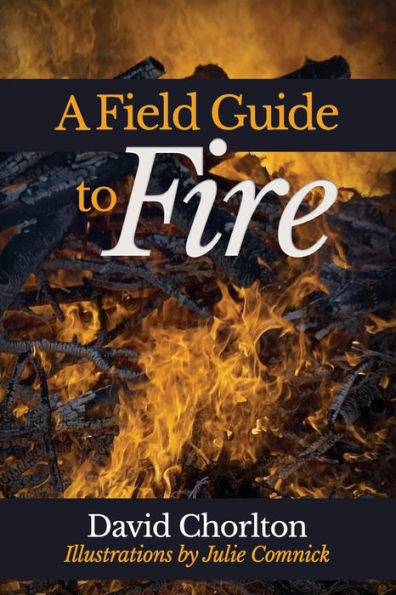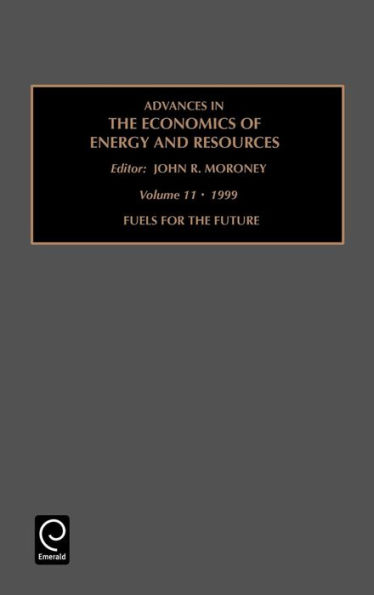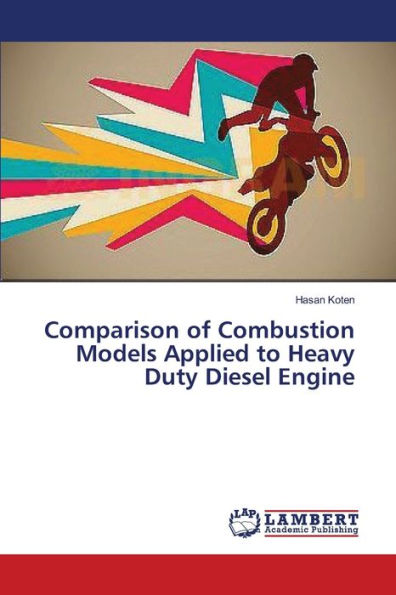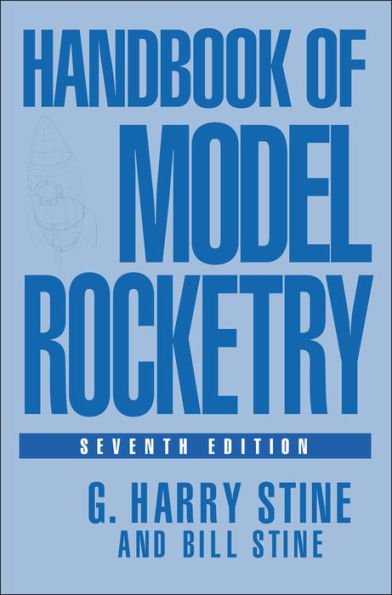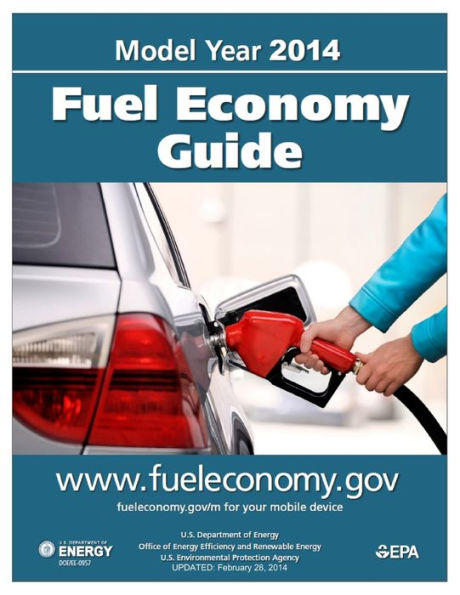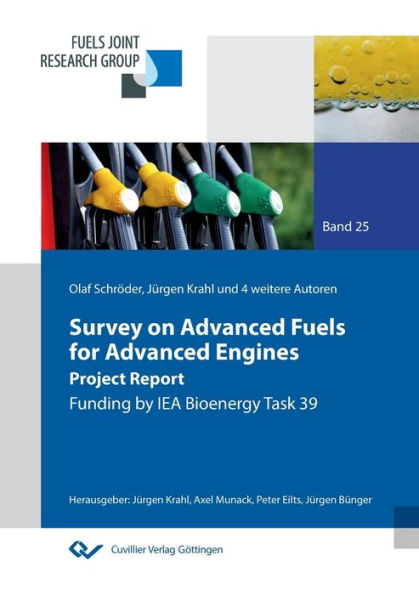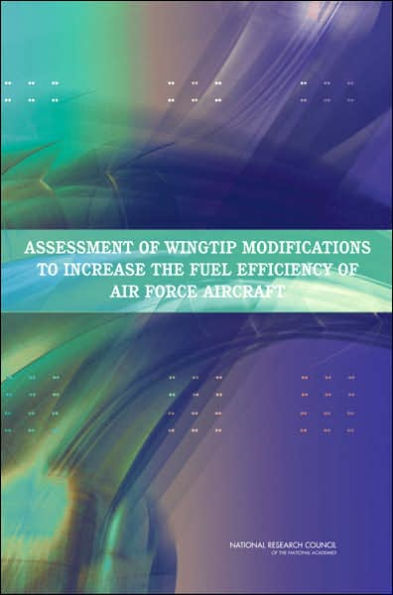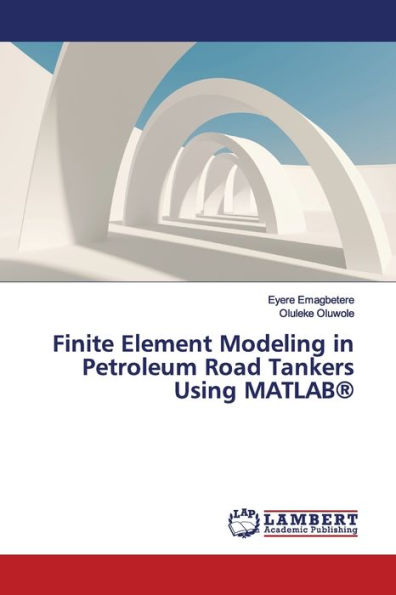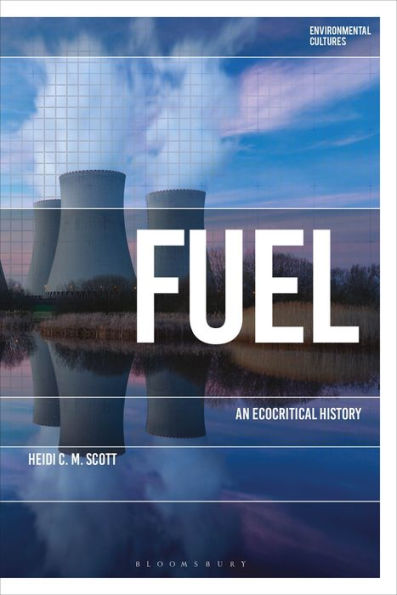Home
Field Guide for Identifying Fuel Loading Models



Field Guide for Identifying Fuel Loading Models
Current price: $12.99
Loading Inventory...
Size: OS
Historically, fuel classifications used to estimate fire effects have been based on the vegetative characteristics of a particular site or location (Reinhardt and others 1997; Sandberg and others 2001). Vegetation-based classifications generally use cover type, structural stage, and/or habitat type (Mueller-Dombois 1964; Pfister and Arno 1980) as surrogates for describing the type and quantity of fuels on the ground and in the forest canopy (Hawkes and others 1995; Keane and others 2006; Mark and others 1995; Shasby and others 1981). The rationale for using vegetation characteristics to classify fuels is that fuels are ultimately derived from vegetation, so knowing how much fuel a particular vegetation type produces should provide an acceptable estimate of fuel load on the ground.
